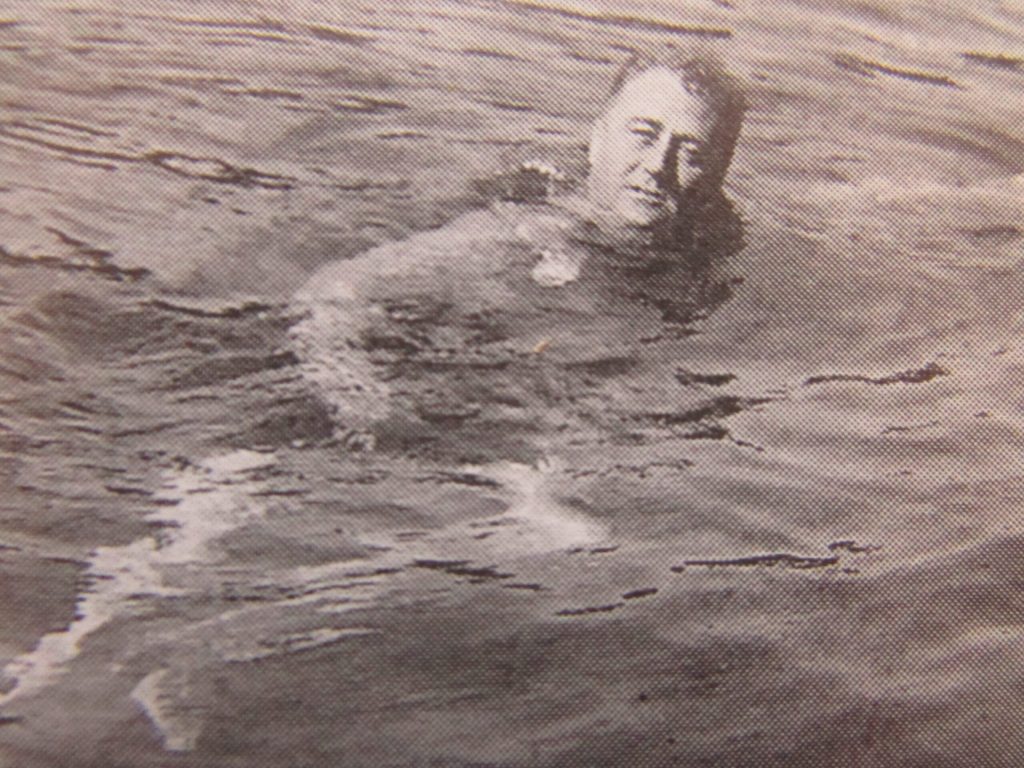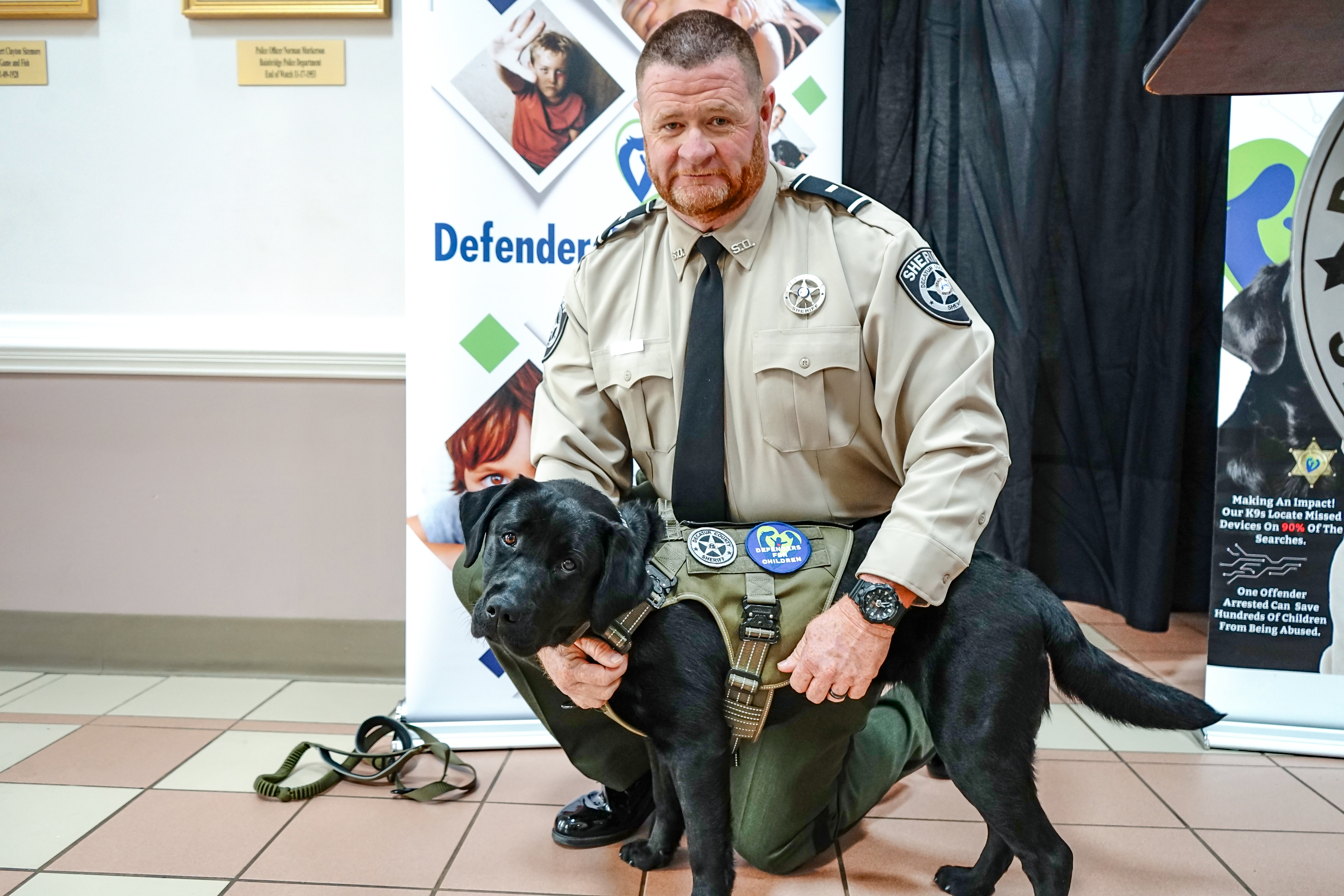A Man Who Never Gave Up – Part 2
Published 10:01 am Monday, June 17, 2024
|
Getting your Trinity Audio player ready...
|
When a person finds the place that makes them feel good just to be there, it doesn’t matter if you are a male or female, nesting is inevitable. This is when you build your cozy place. Like President Jimmy Carter, President Franklin Delano Roosevelt called a place in Georgia home. For President Roosevelt, it was Warm Springs, where he built the Little White House. I think that now a tour of the homestead is what we need.
Roosevelt believed in doing business with locals and when he had his house in the woods constructed, he did just that. The house that became Roosevelt’s getaway was built by Warm Springs Construction Company, owned by J. E. Ewing. Work began during the fall of 1931, and extended into the spring of 1932. This was the time period in which he was also the Governor of New York State and seeking the Presidential nomination at the same time. No matter, he was always on top of the action.
The place that he chose for the house is located at the top of a hill, with the back of the house on the very edge of a steep ravine. Roosevelt had a sun porch built there which overlooks this ravine. Here, he often worked at a card table when the weather was nice. Then, when it was chilly, he would conduct the business of the United States Government, from this humble card table that he had moved indoors, in front of the fireplace. This was the same place where he sat in his easy chair and delivered his famous Fireside Chats.
The house is a classic craftsman style, frame house, with a front porch that is supported by columns, making it Southern style. The interior has six rooms where the walls are made of dark stained pine. Roosevelt wanted his builder to use local wood for paneling even when it was more expensive. He told him to make up for this cost by installing the cheapest possible fixtures.
Roosevelt was aware of this and other details of the construction job because he demanded, and received, weekly reports from the construction superintendent on materials used, the number of men employed, as well as the weather and the progress of the work.
There is a kitchen and pantry, two small bedrooms connected by a bathroom making it “Jack and Jill” style, and a living and dining area that is in a great room style. There was also a room and a bath off the back porch for Roosevelt’s secretary.
The home is cozily furnished which reflects Roosevelt’s preference for items that are simplistic and would be found in any home of that time. He liked comfort more than elegance and fancy ornamentation. Most of the items in the house were from another Roosevelt cottage, including furniture, hand made at a small factory. There are ship models and nautical prints. A ship’s lantern on the front porch that was always lit when the President was there.
Neither Franklin nor Eleanor employed a decorator to do any of the rooms in the house for them. They used what they had, and without much more than the necessities. The result is homelike, personal, unpretentious and livable.
There was always a bright fire in the fireplace. Always a cluttered room full of books and papers and some odds and ends. This was the kind of comfort that Roosevelt wanted. It was not the type of house that most would say that a President lives in, but it sure sounds like a great place to call home.
The President and Mrs. Roosevelt came down to Georgia, on May 1, 1932, and stayed in the Little White House for the very first time. Roosevelt wrote: “We are all settled in the cottage and I can’t find words to tell you how delighted I am with it. So far, there is nothing I want changed.”
The housewarming was held on May 2nd, one day after the Roosevelts arrived for a four-week vacation. It included a mixture of guests, like politicians and businessmen from the town and county, staff members from the National Foundation for Infantile Paralysis, some patients and relatives of patients and the couple’s local friends.
However, when he became the President, some changes needed to be made. A small guest house and a guard house were built as well as certain security arrangements that had to be made. However, the theme of simplicity remained the style.
It is in this little house, that the President spent many of his happiest days, fashioning new ideas that influenced thinking around the world. With wisdom and foresight, Roosevelt led the nation to economic recovery following the Great Depression, and through the difficult years of World War II. Most of the policies that he implemented to bring the United States out of the Great Depression were thought of here, in the Little White House, in tiny Warm Springs, Georgia. One of these programs was the New Deal, which brought about thousands of jobs. The Civilian Conservation Corps was also created and it helped out rural America the most as it provided for work on roads, national parks, and spreading electricity into rural areas, our corner of Georgia included.
In these Presidential years of his life, when his hopes for his health to recover were gone, when the press of business and responsibility were greater and ever increasing, Warm Springs became the place where Roosevelt could relax best. Also, through these years, his parties were smaller and the guests were mostly neighbors. Although he could laugh anywhere, he seemed to have been able to laugh the most while at Warm Springs.
With the house completed, Roosevelt now required a pool. For him it was a great benefit since swimming was the only exercise that he had. The pool was 15 feet by 51 feet, with a maximum depth of 7 feet. However, the pool room and dressing rooms were decorated with elaborate tile work which added greatly to the cost. Once again, Roosevelt followed the planning closely. At first, he argued for walls made of cheap plaster rather than tile. However, Ewing explained to him that because of the condensation, something other than plaster was needed. The compromise was glazed terra cotta in some places and stone elsewhere. This made the dressing rooms very spa like and would be considered almost modern today.
It was on a Saturday, that Franklin and Eleanor took their first dip in the pool. Thereafter, 5:50 pm became swim time, a Roosevelt routine when he was in residence at the Little White House. That, and stretching exercises and massages given by a Naval officer, became the major therapy for Roosevelt in his Presidential years.
Even though Roosevelt was more accustomed to the grandeur of the White House and that of his family’s mansion at Hyde Park, New York, the President felt more at home in the cozy atmosphere of the Little White House, the home that he built in the Georgia countryside. In this house, the kitchen was like that of any other families. The dishes and the pots and pans were simplistic, a hand-cranked ice cream maker and other utensils were stored neatly in their places.
Warm Springs not only introduced Roosevelt to moonshine, it also introduced him to pork barbecue, Brunswick stew, which he loved, and Southern fried chicken. Roosevelt also liked the Georgia dishes of cornbread and turnip greens. Roosevelt enjoyed the barbecues the most because they were informal.
However, he had a different view of picnics and he introduced this new dining style to that age old Georgian simplest type of get together, which was ham sandwiches and cold fried chicken being the staple of the dinner. Beer and Coke were available along with a pitcher of sweet tea or lemonade. Everyone wore their everyday clothes and sat on blankets. However, Roosevelt preferred to have tables with linen cloths and napkins. Chairs or the back seats from his cars would be removed and used for setting. All this was because of his infirmity. He preferred to have china dinner plates. Instead of beer or Coke being drunk from the bottle, he had glasses.
There were many recipes created to his taste by his cook, Daisy Bonner. She was a wonder in the kitchen and knew simple country fare as well as the more sophisticated dishes. Roosevelt’s favorite meal was Daisy’s version of the chicken dish, Country Captain. This zesty main dish was introduced to the President by Daisy while cooking at the Little White House and Roosevelt could not get enough of it. When friends would ask him about the recipe, joking, he would say that Daisy’s recipe was a secret but it did have forty-five ingredients!
The origin of Country Captain is believed to have been with the British sea men. They not only brought the spices from India; they also brought the recipe for this simple chicken curry dish. In the late 1700s, the port city of Savannah was where it became popular first. Then, it became the rage in Charleston. While versions of this type of chicken appeared also in Britain and India, here in America, it had taken on a special low country flavor and today there are very few community cookbooks in Savannah or nearby Charleston that do not include this recipe. However, as with other popular recipes, the variations are tiny but endless. Those who cooked it in succeeding generations, also probably added a pinch of this and a dash of that.
Georgian newspapers and magazines spread the word about the recipe and it became known and served in restaurants from coast to coast. It is still served for special occasions in middle and southwest Georgia.
Here is Daisy Bonner’s Recipe for Country Captain Chicken:
This recipe features bone in chicken that simmers until tender with added ingredients. The thin sauce gets spooned over fluffy, white rice. Garnishes vary. This recipe has Daisy’s special toppings. However, other toppings have been known to include toasted coconut, hard boiled eggs, mango chutney and even crumbled bacon.
2 fryers
2 or 3 green peppers, chopped
2 or 3 garlic cloves, chopped
2 onions, chopped
1 can whole tomatoes
1 teaspoon curry powder or more to taste
2 cups rice boiled until dry
1 teaspoon thyme
¼ cup raisins for the sauce
¼ raisins to garnish top
¼ almonds or other nuts for the sauce
¼ cup almonds or other nuts for garnish
¼ cup sliced fresh mushrooms
Salt and pepper to taste
Boil chicken until done, then debone. Make the sauce from the chopped green peppers, garlic, onion, tomatoes, mushrooms, almonds, raisins, thyme, salt, pepper and curry powder. Add chicken to sauce and simmer on top of the stove or in a casserole in the oven at 325-350 degrees for one hour. Serve over the rice. Garnish with chopped green pepper, raisins and nuts.
Daisy served the President’s favorite dish with baked grapefruit, French cut green beans, mixed green salad, fresh breads and a chocolate soufflé or Georgia peach cobbler.
After President Roosevelt’s death, Daisy left this penciled message on the kitchen woodwork: “Daisy Bonner cooked the first meal and the last one in this cottage for President Franklin Delano Roosevelt.”
Next week we will find out the details of this President’s death.






